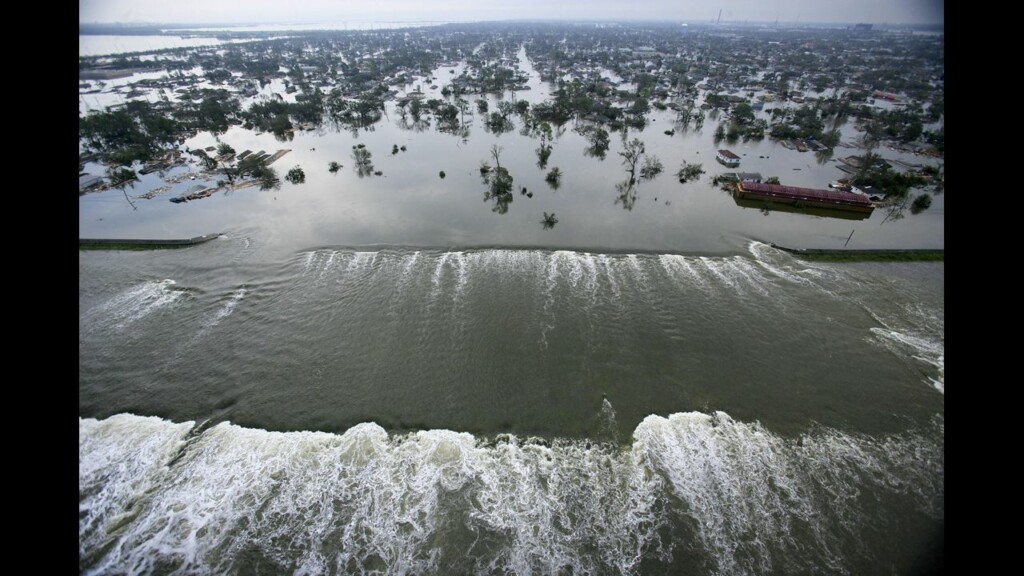Nothing is more important to people than health and safety. Before we meet all our other existential needs, we have to be able to guarantee that, at the minimum, we can survive. That means we have to live in a society that can provide us access to sufficient food and adequate healthcare, safe living conditions that guarantee housing, freedom from violence, and support in times of crises, be it natural or artificial. When society cannot adhere to these needs, the world experiences disasters and catastrophes. The following health threats illustrate how events in real life have threatened the existence of human civilizations for as long as history has kept a record.

Hurricane Katrina in New Orleans, Louisiana
Few hurricanes in the world are as famous as Hurricane Katrina. Considered to be one of the most powerful storms to come out of the Atlantic, Katrina hit Louisiana and then Mississippi with winds above 170 miles per hour, causing massive destruction in the southeastern region of the US.
Katrina started as a Category 1 hurricane that made landfall in Florida. However, the warm waters of the Gulf of Mexico quickly turned it into a Category 4 when it made a second landfall in Louisiana. However, its real damage wasn’t in the winds it was packing. Not exactly, at least. Instead, it was in the whopping 10 inches of rain that it dropped over New Orleans. Pair that with the 26-foot storm surge that overwhelmed the coastal cities of Gulfport and Biloxi in Mississippi.
